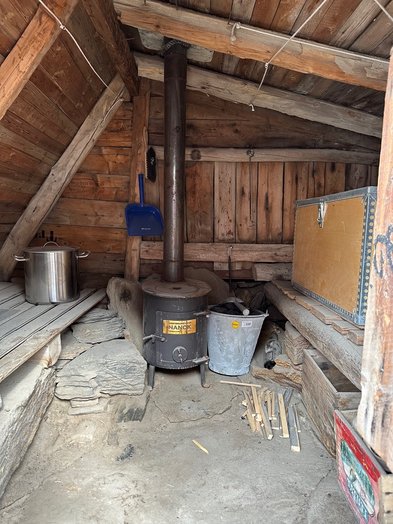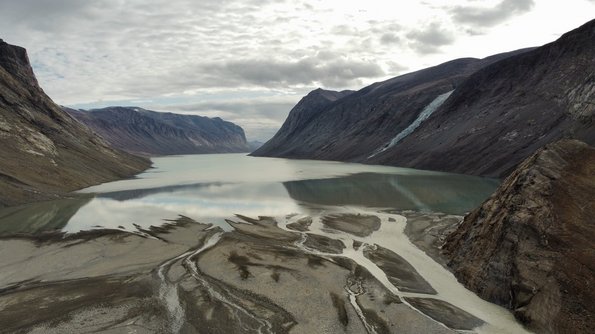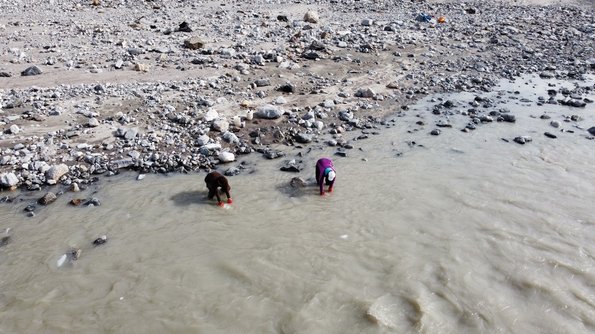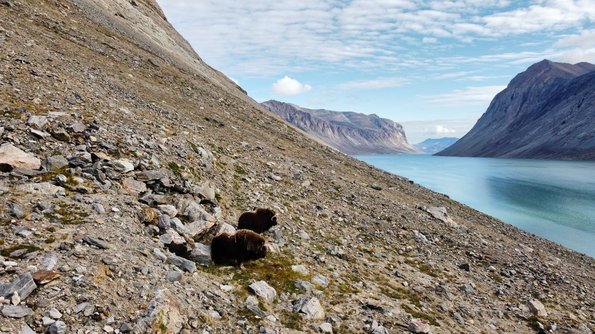Two young scientists share their experiences doing fieldwork in remote Northeast Greenland, check out their blog
A Historic Landscape
Northeast Greenland is an extremely remote place. With no permanent settlements in the region, one might think that the mark of humans is lost from the landscape. But coming here I was surprised. As we sailed into the fjord yesterday, we saw a landscape shaped by history. Young Sound and Tyroler fjord were formed by the glacier long ago carving a broad valley into the mountains. Along these fjords there was a surprising number of huts dotting the vast landscape. Stemming from the trapping period between the 1920s-1940s, these huts remain on this barren terrain as meager refuges for those few that make it this far away from home. One of the largest of these huts lays just beyond our modern research station. Up and down the coast the organization Nanok (https://www.xsirius.dk/da/nanok.html) restores these relics to functional huts and reminders of the past.
The reason for sailing into Tyroler fjord was to gain access to the source of freshwater: the Greenland Ice Sheet and the Tyroler river that connects the ice to the ocean. The Young Sound basin has a land-terminating glacier which means all glacial meltwater is transported to the fjord via a river that deposits sediment and freshwater in a surface layer. In order to study the chemical and biological impacts of this meltwater, Isolde and I are conducting experiments involving mixing glacial meltwater and seawater. To do so, we were dropped on the shoreline, so we could hike across the floodplain and collect our water. Muskox prints marked the sediment as we traversed towards the ice. Coming to Tyroler river, we were met with a breathtaking landscape stretching in every direction. The sun reflected across the blue crevasses of the ice in one direction and the teal fjord in the other. We grabbed a quick lunch and took in the view.
After taking water chemistry and collecting our water samples, we came across another one of the Nanok-restored huts overlooking the braided river and the foot of the Greenland Ice sheet. A little way down the fjord we also found the makers of all the tracks – a family of muskox grazing on the sparse plant life of the fjord cliffs. As we boarded the boat again, I gained a bit more insight about the history of this landscape, and the rapidity of some its changes. Professor Mikael Sejr has been coming here for years and has witnessed the regression of the glacier in just his working years. One of the tongues of the glacier used to touch the fjord while now it hangs above on the rock face. It is shocking to hear how fast this powerful glacier that carved fjords can disappear from the landscape. It only makes me wonder what I may witness in my lifetime if I continue to be lucky enough to come study the polar north.









